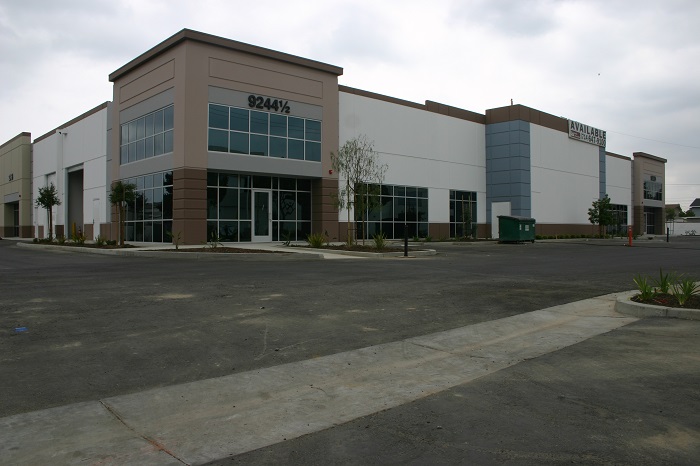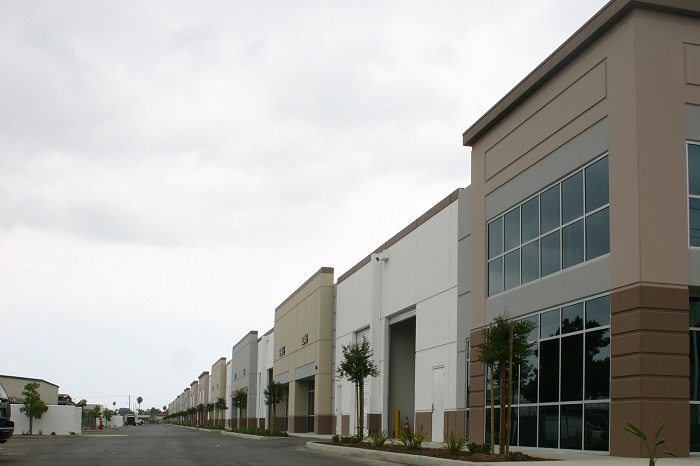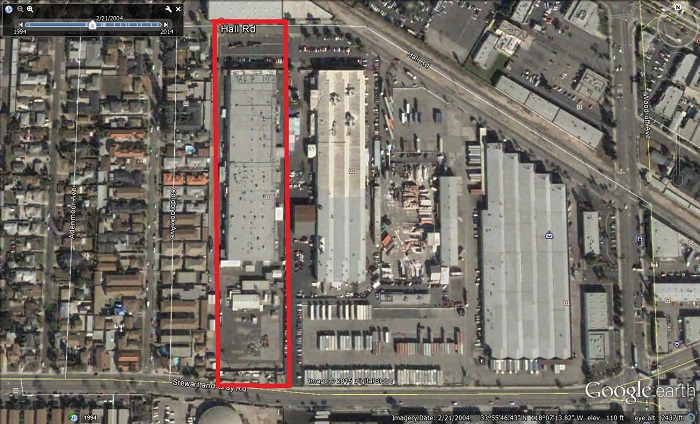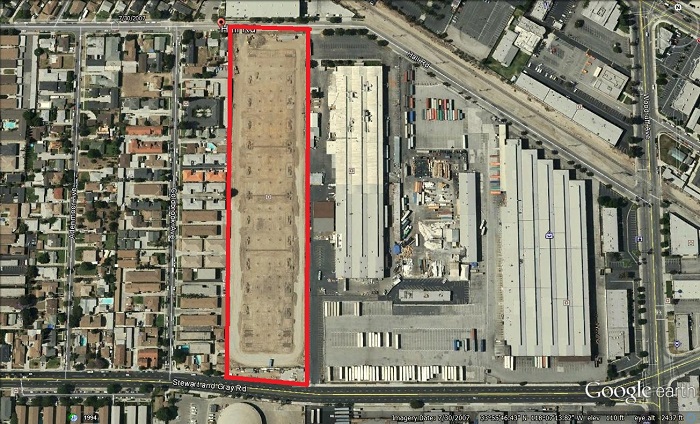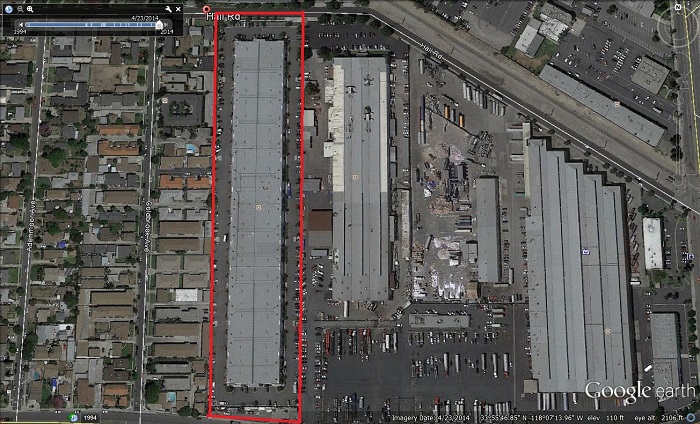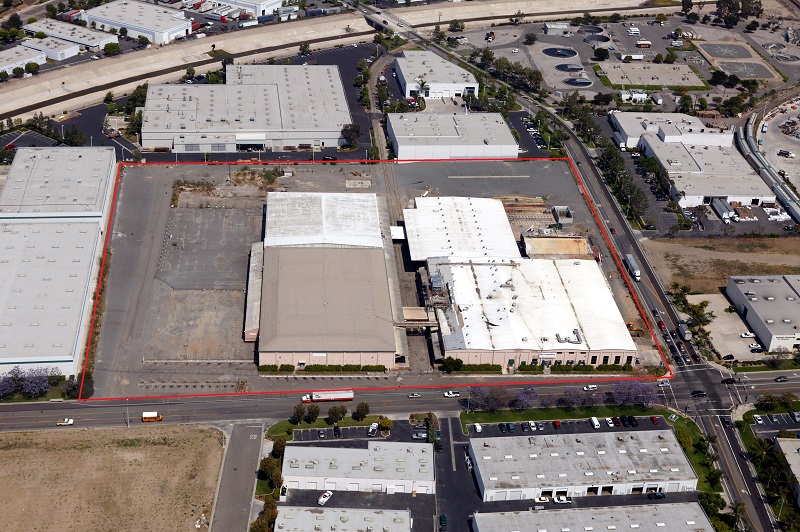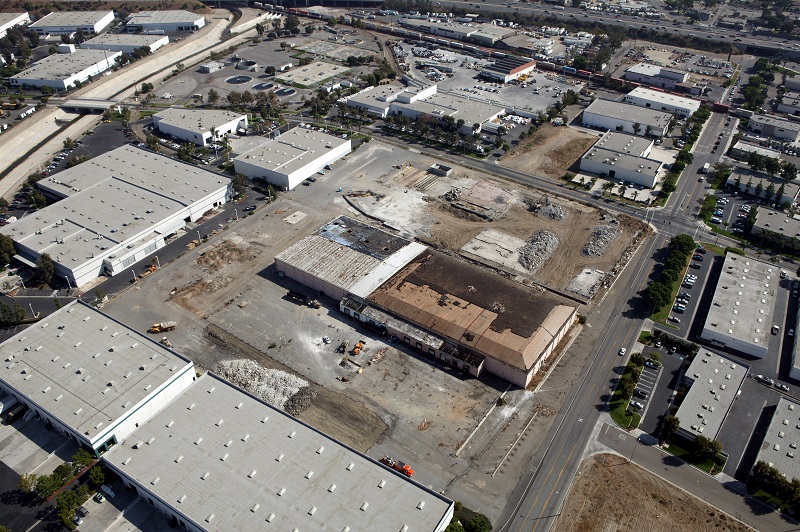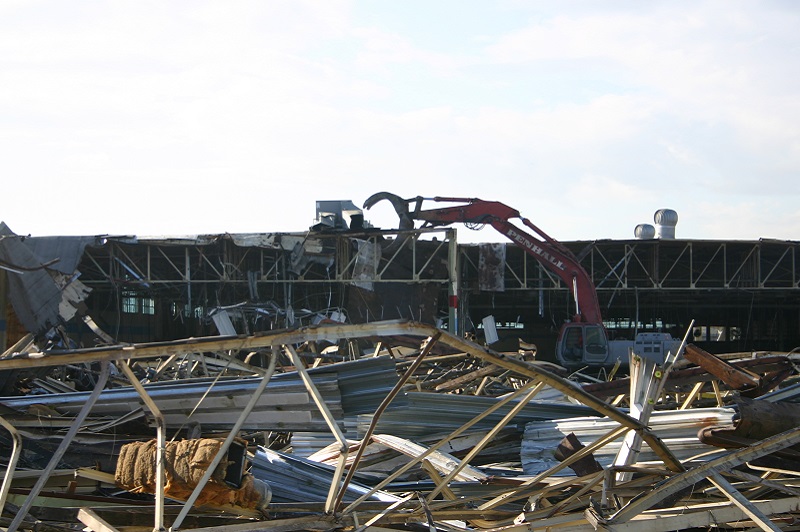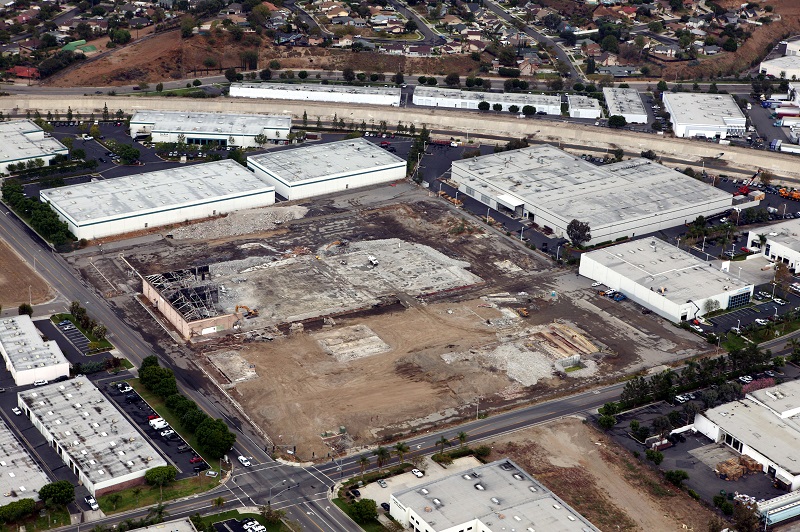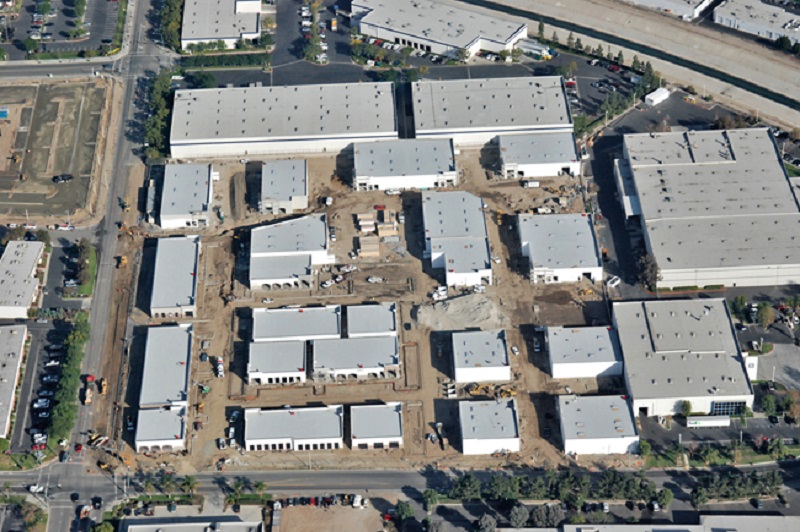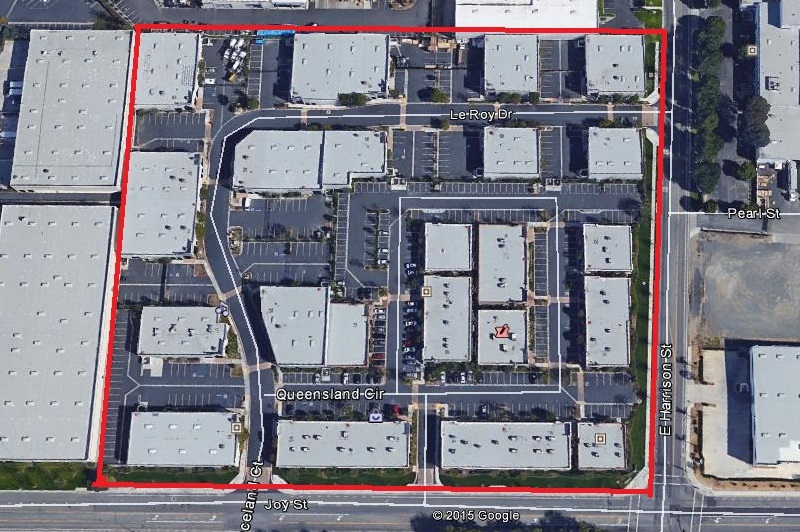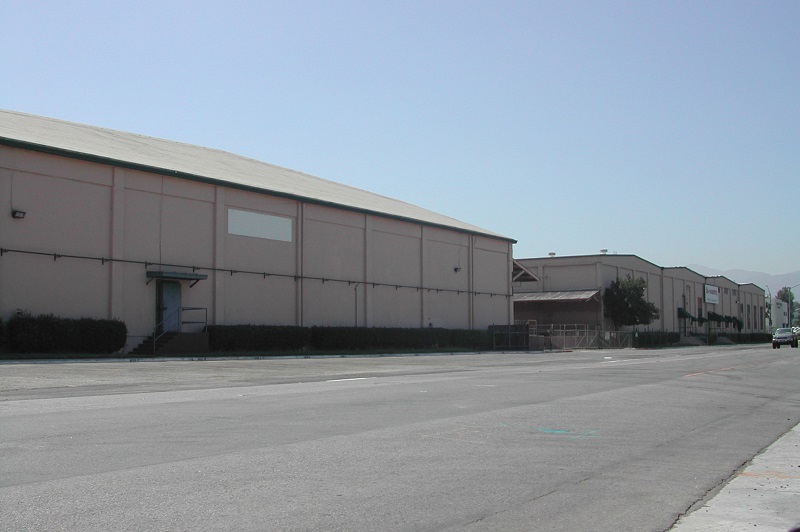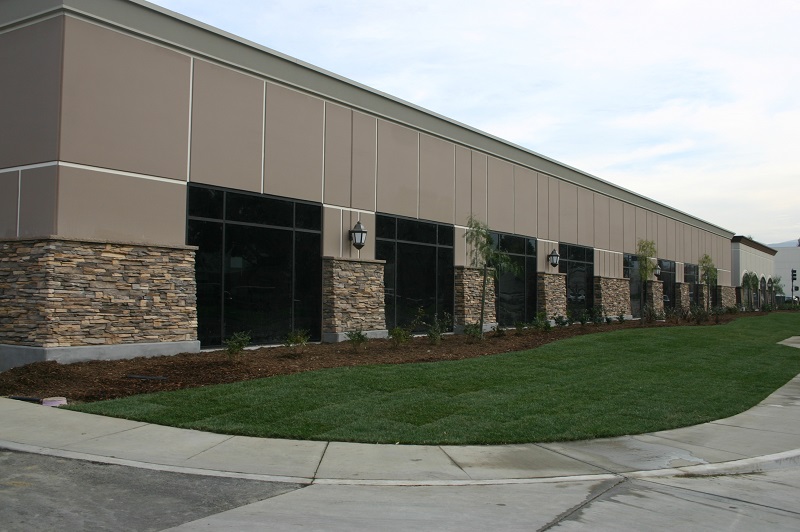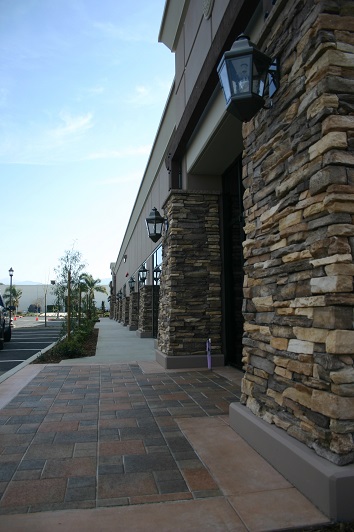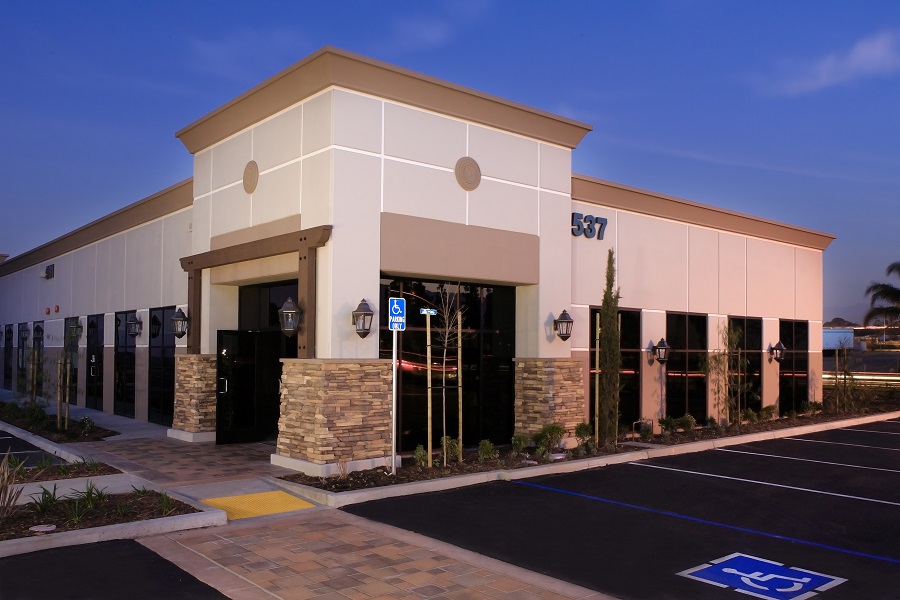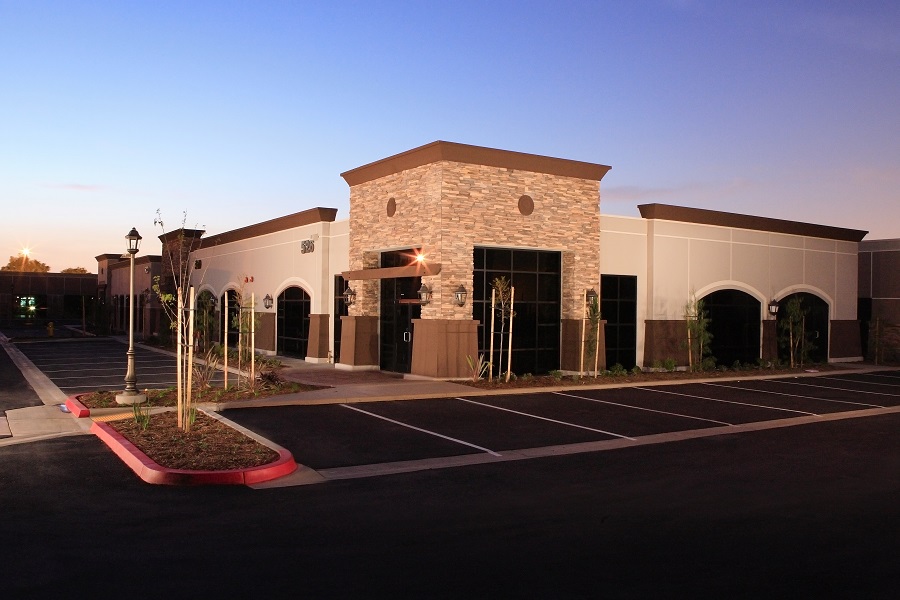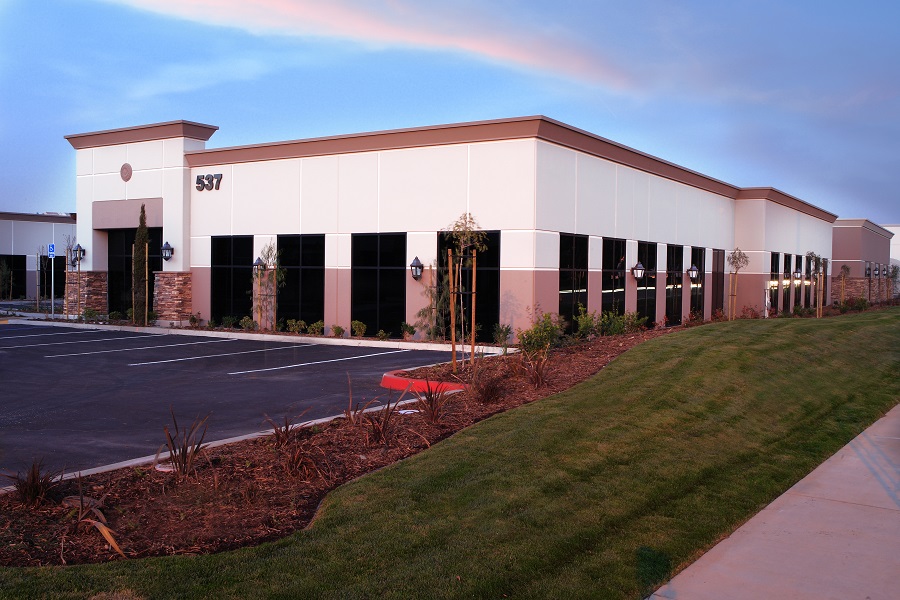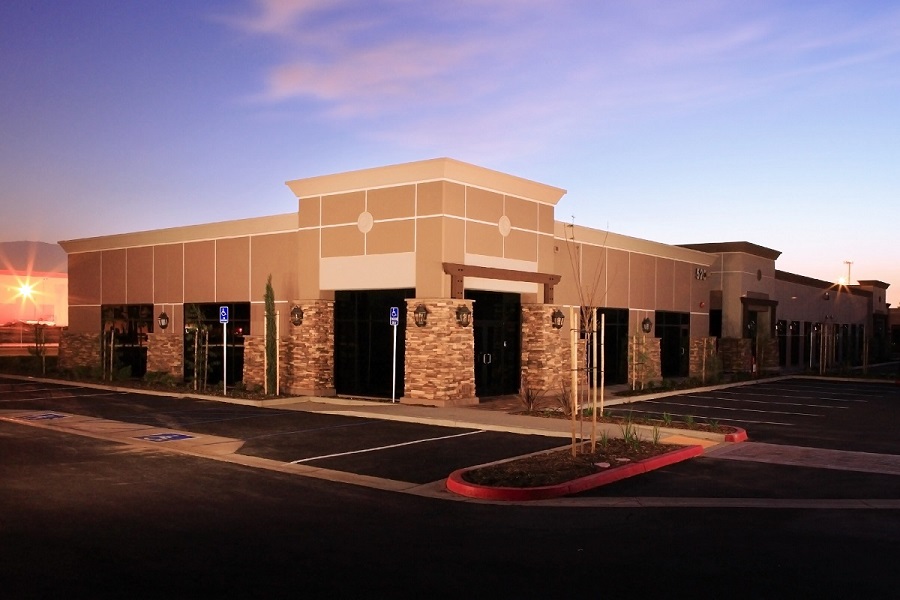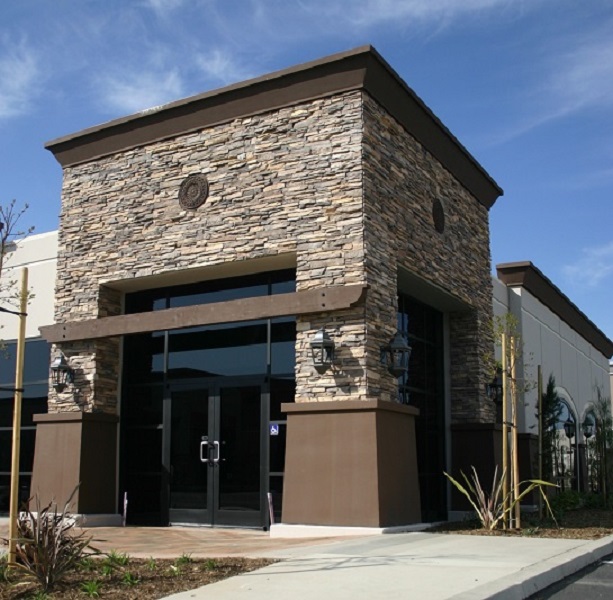Adaptive Reuse
Adaptive reuse and Redevelopment projects require a lot of discipline because of their complexity. It can be heartbreaking to not do some of these deals, but they have to make financial sense especially for today’s high octane capital. There are a number of novice developers who have gotten snake-bitten when doing adaptive reuse or redevelopment projects.
The intrinsic value, population density, and distribution significance of an area, as well as its proximity to multimodal transportation system hubs all factor into any area or building’s ability to be revitalized. Paragon has taken advantage of the post-recession exodus of many corporations of their antiquated and functionally obsolete buildings. But the truth is, the devil is in the details and this can literally be the good, the bad and the ugly. There can be tremendous entitlement risks with these types of projects.
These infill located reuse buildings can be from 50-100 years old and the only opportunity for planning staff or political figures to lay their mark on the building for the next 50-100 years. Whether it be personal dedications, idiosyncratic architectural features or treatments, politically popular use requirements, offsite traffic and infrastructure requirements these surprises are just that, surprises and can be expensive. In addition, as they often say, beware of what lurks beneath. From soils contamination, asbestos and transite, to sandwich slabs, waste pits, concrete piles, isolation slab pier footings and shallow water tables. These issues not only add mitigation or remediation costs to your budget, but also extensive and expensive delays to your completion schedule.
Below are a few “After” pictures of our Downey Redevelopment. Click on them for more detail.


